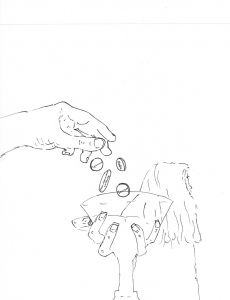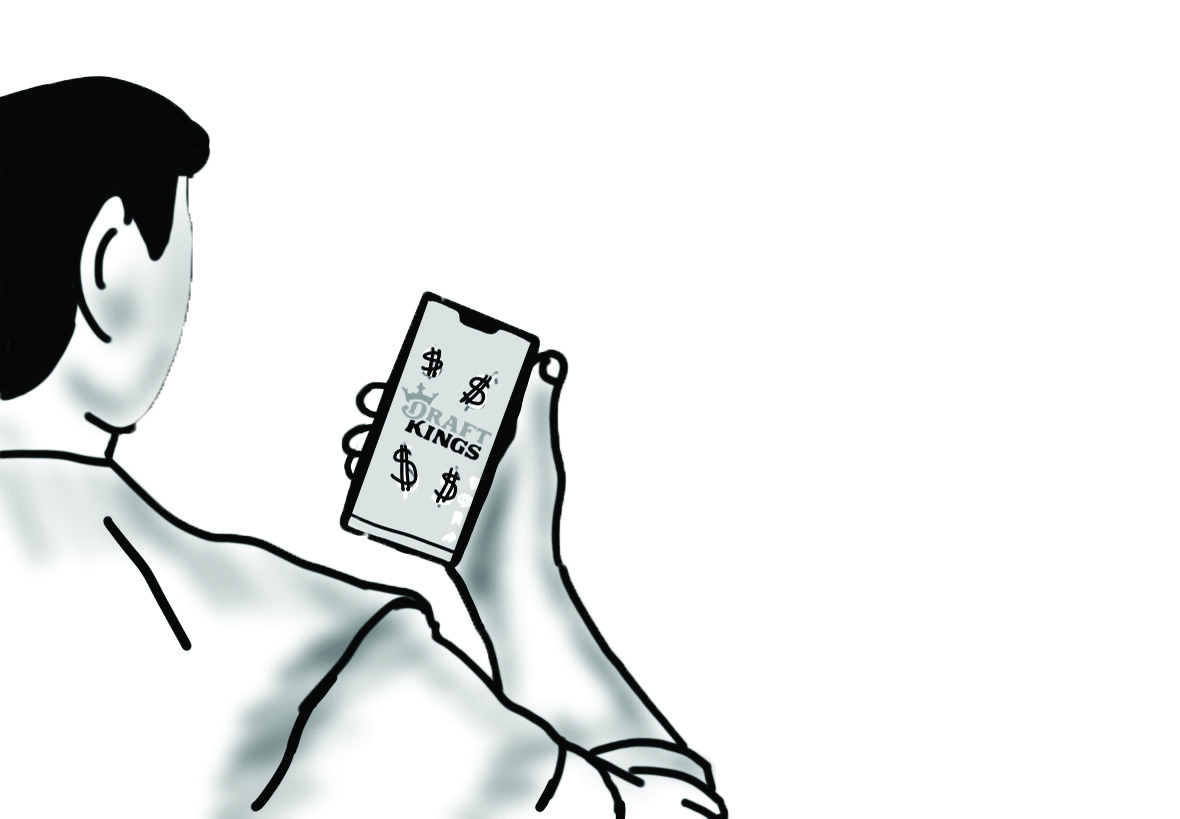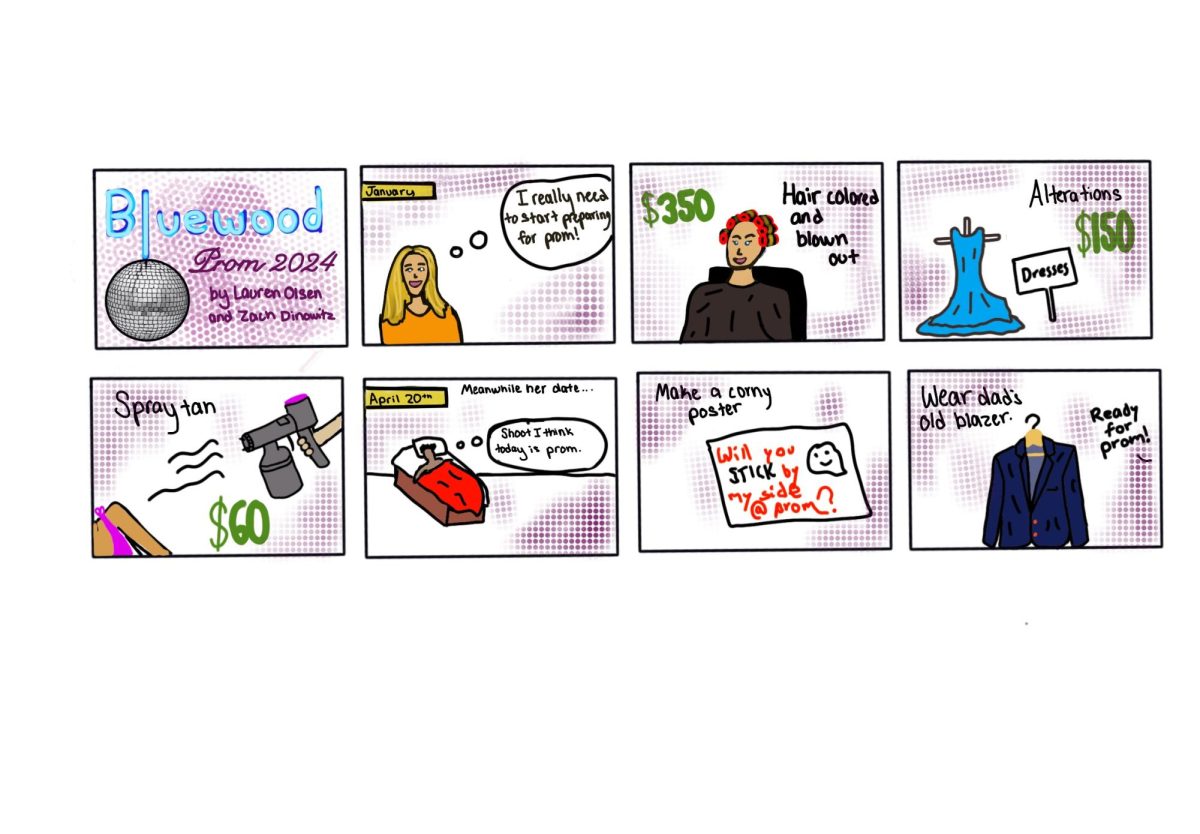One in five college women have fallen victim to sexual violence during their time on campus, according to a 2007 study conducted for the Justice Department’s National Institute of Justice.
For good reason, the issue of sexual assault on college campuses has recently received a significant amount of attention from the media. In late August, news began to circulate about a nail polish that supposedly detects the presence of common date rape drugs when a woman wearing the polish stirs her finger in her drink.
The nail polish, called “Undercover Colors,” was developed by four male students at North Carolina State University, and won first place at North Carolina State’s Lulu eGames, a competition encouraging students to develop solutions to problems in society. The nail polish is still being developed, and there is no set date for when it will be available to consumers.
Media coverage has both criticized and praised the invention, with one such headline misleadingly claiming that “Nail polish may prevent date rape.” However, although the creators of the polish were well-intentioned, the invention could ultimately be counterproductive in changing the way that society views rape and its victims.
Giving women tools to prevent rape is a well-intentioned gesture, but the overwhelming responsibility it places on them encourages the archaic notion that it is a victim’s responsibility to prevent rape. Instead, we should encourage stricter punishment for the perpetrators.
While it is certainly beneficial for women to try to protect themselves from rape, it is unwise to depend on these prevention methods.

Throughout history, numerous devices have been invented to supposedly help women protect themselves from rape, from the chastity belts of the 15th century to more modern contraptions such as Rapex, a female condom with “teeth” in it invented in South Africa. Considering that supposed anti-rape devices have existed for hundreds of years, and that the rape problem has not been eliminated, it is clear that arming women with tools to prevent rape is not an effective strategy, even if this nail polish is a slightly more convenient tool to use.
Furthermore, this nail polish only detects a few common date rape drugs, including Xanax, Rohypnol, and GHB. There are other drugs that can be used for date rape, including Ketamine, which is one of the three most common date rape drugs as identified by the U.S. Department of Health and Human Services.
Additionally, very few of the rapes that occur are due to date rape drugs. According to a 2007 National Institute for Justice survey of sexual assault on college campuses, only 2.4 percent of female undergraduates who had reported falling victim to sexual assault suspected that they had been given a drug.
Encouraging women to wear this nail polish is akin to encouraging women to dress conservatively so that they aren’t “asking for it.” Whether or not doing so actually helps prevent rape, the point is that we should not be sending the message to society that it is a woman’s responsibility to prevent sexual assault. Sexual assault is like any other crime—it is the job of the perpetrator to not commit the crime in the first place, a concept that our society seems to toss aside when it comes to rape.
Developing a nail polish that claims to prevent date rape is akin to asking why the 15-year-old girl didn’t scream, only instead, the question would be, “Why wasn’t she wearing the nail polish?” The nail polish unintentionally encourages this perverse logic of victim blaming, and, if anything, is a step in the wrong direction in preventing sexual assault.
A step in the right direction in terms of rape prevention is the legislation passed unanimously in the California state senate late August, which is awaiting Governor Jerry Brown’s signature: SB 967, or the “Yes-Means-Yes” bill.
The bill lays out a clear definition of sexual consent, defining it as “an affirmative, conscious and voluntary agreement to engage in sexual activity.” It requires state-funded universities to adopt unified definitions of consensual sex in a way that uses “affirmative consent” language in order to continue receiving state money for student financial aid. It specifies that silence does not imply consent, nor do the use of drugs or alcohol, and it also requires that schools have a specific procedure for helping victims of sexual assault, domestic or date violence, and stalking.
Bills like “Yes-Means-Yes” are exactly what we need to solve the rape epidemic. The bill clearly lays out guidelines as to what is and what is not consensual sex, making it much easier to prosecute the perpetrators in sexual assault cases. Unlike nail polish, chastity belts, or any other anti-rape device, this legislation is a start to what our society needs to be doing more of to combat the issue of rape—blaming the perpetrators, not the victims.
















